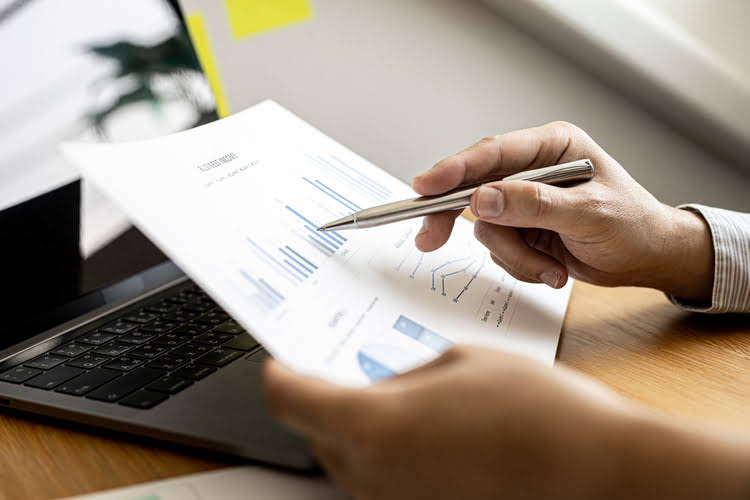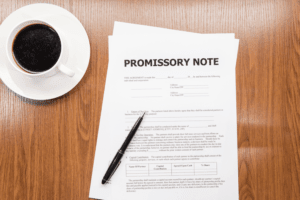Bookkeeping
Liability Definition, Accounting Reporting, & Types

Another popular calculation that potential investors or lenders might perform while figuring out the health of your business is the debt to capital ratio. No one likes debt, but it’s an unavoidable part of running a small business. Accountants call the debts you record in your books “liabilities,” and knowing how to find and record them is an important part of bookkeeping and accounting. Michelle Payne has 15 years of experience as a Certified Public Accountant with a strong background in audit, tax, and consulting services. She has more than five years of experience working with non-profit organizations in a finance capacity. Keep up with Michelle’s CPA career — and ultramarathoning endeavors — on LinkedIn.
How are liabilities related to assets and equity?
Expenses can be paid immediately with cash or the payment could be delayed which would create a liability. They’re recorded in the short-term liabilities section of the balance sheet. If you’re even a little curious about accounting and finance, you gotta know your way around one. We’re diving into the nitty-gritty accounting liabilities of current assets, non-current assets, current liabilities, and long-term liabilities. Understanding these components of a balance sheet is crucial for evaluating a company’s financial health. By analyzing assets, liabilities, and equity, you can get a clear picture of a company’s performance and stability.
- You also must record a utility liability for the amount you owe until you actually pay it.
- Contingent liabilities are potential future obligations that depend on the occurrence of a specific event or condition.
- An example is the possibility of paying damages as a result of an unfavorable court case.
- This line item is in constant flux as bonds are issued, mature, or called back by the issuer.
- In summary, other liabilities in accounting consist of obligations arising from leases and contingent liabilities, such as lease payments, warranty liabilities, and lawsuit liabilities.
Current vs. non-current liabilities
As liabilities increase, they may affect a company’s financial health and stability. High levels of debt can lead to increased interest expenses, impacting profitability and potentially leading to insolvency. It is essential for businesses to effectively manage their liabilities and maintain a healthy balance between debt and equity.
Examples of a Liability
If it goes up, that might mean your business is relying more and more on debts to grow. Liabilities are any debts your company has, whether it’s bank loans, mortgages, unpaid bills, IOUs, or any other sum of money that you owe someone else. If you’ve promised to pay someone a sum of money in the future and haven’t paid them yet, that’s a liability. You can calculate your total liabilities by adding your short-term and long-term debts. Keep in mind your probable contingent liabilities are a best estimate and make note that the actual number may vary. Different types of liabilities are listed under each category, in order from shortest to longest term.

Check the Basic Accounting Formula

As the company makes payments on the mortgage, the principal portion of the payment reduces the mortgage payable, while the interest portion is accounted for as an interest expense. Deferred revenue indicates a company’s responsibility to deliver value to its customers in the future and helps provide a clearer picture of the company’s long-term financial obligations. According to the accounting equation, the total amount of the liabilities must be equal to the difference between the total amount of the assets and the total amount of the equity.
- Although the recognition and reporting of the liabilities comply with different accounting standards, the main principles are close to the IFRS.
- Most state laws also allow creditors the ability to force debtors to sell assets in order to raise enough cash to pay off their debts.
- The articles and research support materials available on this site are educational and are not intended to be investment or tax advice.
- Rather, the liability is recognized when the employees perform services for which they have not yet been compensated.
- Your accounting software should automatically add up all your liabilities for you.
- High levels of debt can lead to increased interest expenses, impacting profitability and potentially leading to insolvency.
In conclusion, the management of liabilities is crucial for maintaining financial stability and favorable cash flows. As liabilities impact both the balance sheet and cash flow statement, businesses must carefully consider their decisions regarding debt, tax management, and other obligations. In conclusion, liabilities play a crucial role in business operations, as they represent the financial obligations a company has to its employees, suppliers, lenders, and other stakeholders.

The most common accounting standards are the International Financial Reporting Standards (IFRS). However, many countries also follow their own reporting standards, such as the GAAP in the U.S. or the Russian Accounting Principles (RAP) in Russia. Although the recognition and reporting of the liabilities comply with different accounting standards, the main principles are close to the IFRS. But there are other calculations that involve liabilities that you might perform—to analyze them and make sure your cash isn’t constantly tied up in paying off your debts. An asset is anything a company owns of financial value, such as revenue (which is recorded under accounts receivable). By keeping these tips in mind, you can better interpret balance sheets and make smarter financial decisions.

Examples of Contingent Liabilities
The dividends declared by a company’s board of directors that have yet to be paid out to shareholders get recorded as current liabilities. Understanding what liabilities are in accounting, as well as the most common examples of each type, can help you track and identify them in your balance sheet. Most contingent liabilities are uncommon for small businesses, but here are some that you might encounter.
- The total liabilities of a company are determined by adding up current and non-current liabilities.
- Businesses routinely pay current liabilities during their standard day-to-day operations.
- Balance sheets are formed utilizing Generally Accepted Accounting Principles (GAAP).
- Any liability that’s not near-term falls under non-current liabilities that are expected to be paid in 12 months or more.
- Because chances are pretty high that you’re going to have some kind of debt.
- Her expertise is in personal finance and investing, and real estate.
Examples of Accrued Expenses
These obligations can affect a company’s operating cash flows, as they represent a cash outflow the company will need to satisfy. These are the periodic payments made by a lessee (the business) to a lessor (property owner) for the right to use an asset, such as property, plant or equipment. In accounting terms, leases can be classified as either operating leases or finance leases. An operating lease is recorded as a rental expense, while a finance lease is treated as a long-term liability and an asset on the balance sheet. Understanding liabilities requires comprehending their classification and measurement.
Other Definitions of Liability
For example, a company will incur and report a liability that arises when cash is borrowed from an owner. Liabilities don’t have to be a scary thing, they’re just a normal part of doing business. Because chances are pretty high that you’re going to have some kind of debt. And if your business does have debt, you’re going to have liabilities.

